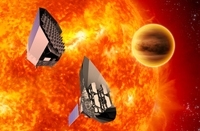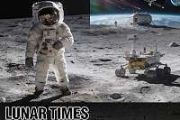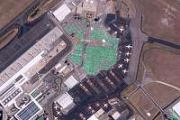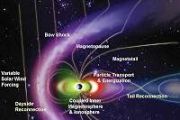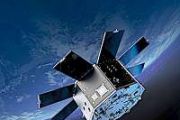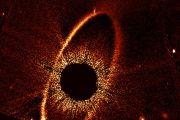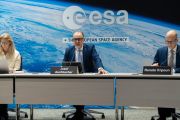PLATO (PLAnetary Transits and Oscillations of stars) was proposed as an M-class candidate mission for the Cosmic Vision 2015-2025 programme in response to the Call for Proposals issued by ESA in March 2007. The proposal was submitted by Claude Catala (Observatoire de Paris, France) on behalf of a large consortium comprising scientists from across Europe. In October of that year it was selected for further assessment and consideration by ESA.
PLATO timeline
Phase 0 – November 2007 - April 2008
The ESA internal assessment phase, or phase 0, for all candidate missions began in November 2007. The CDF study, part of the phase 0 process, for PLATO ran from December 2007 to January 2008. This led to a design that was suitable for a feasibility assessment and production of an Invitation to Tender to Industry.
Study Assessment Phase – November 2008 – December 2009
In April 2008 the Invitation to Tender was issued to Industry. Following a competitive assessment Astrium (France) and Thales Alenia Space (Italy) were selected to run parallel industrial assessment studies lasting approximately one year. At the same time a consortium of ESA Member State scientists, the PLATO Payload Consortium (PPLC), was formed to carry out an independent study of the payload, under the leadership of Claude Catala. All three studies ran in parallel and were completed at the end of summer 2009. A PLATO Science Consortium (PSC), formed in 2008 under the leadership of Don Pollacco (Queen’s University Belfast, United Kingdom), worked on the scientific preparation of the mission during this period.
The report of the assessment study, which includes the PLATO science case together with a synthesis of the industrial and instrument consortium studies, was presented to the scientific community in December 2009. In addition, an independent technical review of the assessment study was conducted by ESA. The recommendations of the review board were presented to the scientific community also in December 2009.
Definition Phase – June 2010 – mid-2011
In early 2010 the advisory body structure of ESA’s Science and Robotic Exploration Directorate met to consider the outcome of the studies of all M-class missions. Taking account of the scientific priorities of the Cosmic Vision plan and the technical feasibility of the candidate missions (as determined by the studies conducted by ESA and industry) the Science Programme Committee recommended that PLATO, along with Euclid and Solar Orbiter proceed to the next phase: a more detailed definition phase, with a decision point by mid-2011 on the (up to two) missions that will proceed further to implementation. During this time the cost and implementation schedule for the mission must be firmly established.

